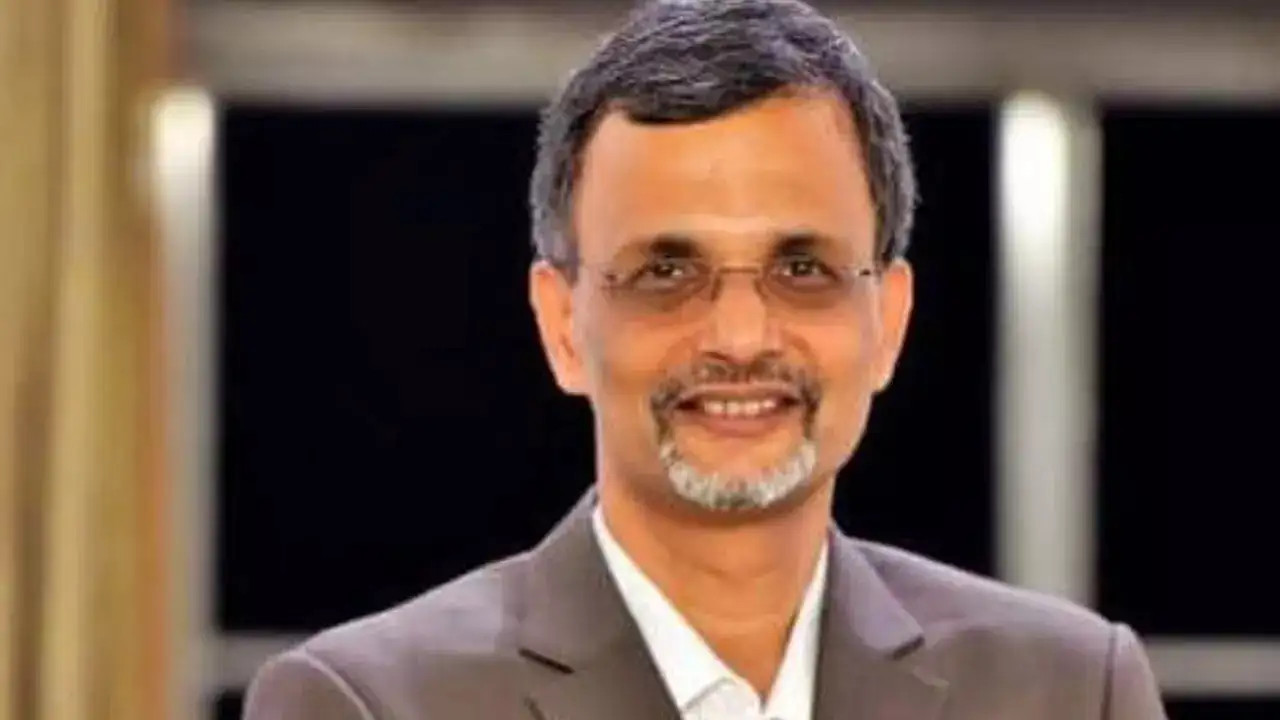Chief Economic Advisor Nageswaran urged India Inc to increase capital expenditure and align worker compensation with profitability for sustained economic growth. He highlighted the need to close the gap between rising profitability and slower capital formation to achieve a minimum 6.5% real growth. Nageswaran also emphasized trust-based collaboration between government and the private sector to achieve ‘Viksit Bharat’ by 2047.
India’s Growth Story: More Than Just Headline Numbers?
We’ve all heard the buzz. India’s on a growth trajectory, a potential economic powerhouse. We see the soaring stock market, the ambitious infrastructure projects, and the ever-increasing number of unicorns. But beneath the dazzling surface, a question simmers: is this growth truly sustainable? Is it benefiting everyone, or are we just seeing concentrated prosperity?
That’s the crux of the issue flagged recently by India’s Chief Economic Advisor (CEA). It isn’t enough to simply tout a 6.5% growth rate. To truly cement India’s position as a major player, we need a more balanced economic landscape. The current imbalance – the widening gap between profit growth, capital formation, and job creation – is a red flag we can’t afford to ignore.
Think of it like this: imagine a company posting record profits. Fantastic, right? But what if those profits are achieved through ruthless cost-cutting, minimal investment in new equipment, and a hiring freeze? Sure, the shareholders are happy in the short term, but the long-term prospects of the company, and the well-being of its employees, are jeopardized. This analogy paints a pretty clear picture of the challenges facing the Indian economy.
The article highlights the crucial need for inclusive growth. We can’t simply rely on the top tier of companies and sectors to drive the entire economy. We need to ensure that the benefits of economic expansion ripple down to the smaller businesses, the agricultural sector, and the vast informal workforce that forms the backbone of our nation.
Why is this gap so concerning? Well, consider the implications. Robust profit growth should translate into increased capital formation. Businesses making more money are more likely to invest in expanding their operations, upgrading their technology, and developing new products. This investment, in turn, drives demand for labor, leading to job creation. More jobs mean more disposable income, boosting consumption and fueling further economic growth. It’s a virtuous cycle.
However, if profits are not being reinvested at the same rate, or if technological advancements are leading to job displacement rather than job creation, the cycle breaks down. We end up with a scenario where a small segment of the population is accumulating wealth, while a large segment struggles to keep up. This creates social and economic disparities, leading to instability and hindering long-term growth.
The CEA’s comments also subtly point to the need for a shift in focus from purely profit-driven strategies to more holistic and sustainable approaches. Businesses need to see the value in investing in their workforce, in adopting environmentally responsible practices, and in contributing to the overall well-being of the communities in which they operate. This isn’t just about altruism; it’s about building a more resilient and prosperous economy for everyone.
So, what are the potential solutions? The government undoubtedly plays a vital role. Streamlining regulations to encourage investment, promoting skill development initiatives to enhance employability, and supporting the growth of small and medium-sized enterprises (SMEs) are all crucial steps. Furthermore, investing in infrastructure, particularly in rural areas, can unlock new opportunities and connect more people to the formal economy.
But the responsibility doesn’t lie solely with the government. Businesses need to be more proactive in adopting fair labor practices, investing in training and development, and embracing innovation that creates, rather than destroys, jobs. Consumers also have a role to play, by supporting businesses that prioritize ethical and sustainable practices.
It’s a complex challenge, and there are no easy answers. But acknowledging the problem is the first step towards finding a solution. We need to move beyond simply celebrating headline growth figures and take a hard look at the underlying dynamics of the Indian economy. We need to foster a more inclusive and equitable model of growth that benefits all segments of society.
Ultimately, the success of India’s economic journey depends on our ability to bridge the gaps, to ensure that profit growth translates into tangible benefits for everyone, and to build a future where prosperity is shared, not just concentrated. Only then can we truly unlock India’s potential and secure its place as a global economic leader. It’s not just about growing bigger; it’s about growing better. And that requires a collective effort, a shared vision, and a commitment to building a more just and prosperous future for all.
📬 Stay informed — follow us for more insightful updates!







